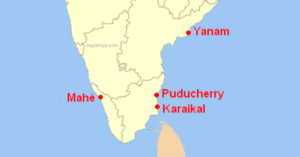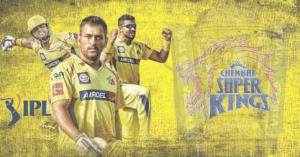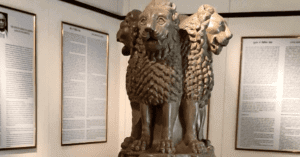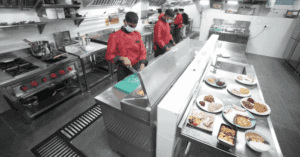When was Indian Railways started?
The day the Indian Railways started, India’s first train set off on 16 April 1853 carrying about 400 passengers at 3:30 pm for the 34-kilometer journey from Bombay to Thane amid huge crowds and a 21-gun salute.
During British rule, at that time they had a lot of trouble in taking goods from one place to another, so they made the train a medium. So that work can be done quickly and more work can be done in the remaining time.
By this time the British had established dominance over almost all of India. If we look at the positive things, the British who laid the railways for their benefit, still keep India ahead of the world in terms of railways.
But today, after 170 years, India has the fourth-largest railway network system in the world. Operating 22593 trains, including 9141 goods trains and 13452 passenger trains. India is among the most populous countries in the world.
That’s why 2.4 crore people travel daily in India’s passenger trains. And 20.4 crores tonnes of goods are transported from one place to another in India by freight trains.
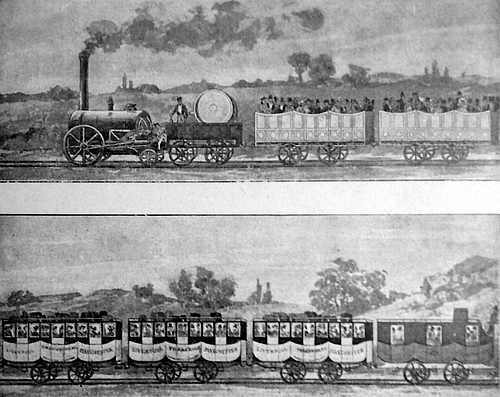
Indian Railways is running at a loss
Even though India comes in the world’s fourth largest rail network, India’s rail network system comes at number one in single management. The employment of a maximum number of people in India is given through Indian Railways.
More than 16 lakh employees get work in Indian Railways. Indian Railways covers 28 states and union territories of India and also runs international services like Pakistan, Nepal, and Bangladesh.
The surprising thing is that even after all this, the Indian Railways is running at a loss. The question must be coming into everyone’s mind Why and how? Indian Railways always gets profit in goods train but loses in passenger train itself. And there can be many reasons for this.
Why is the Indian railway running at a loss?
- General expenses: Maintaining the vast network of Indian Railways involves significant operational costs. These costs include staff salaries, fuel expenses, maintenance of tracks and trains, and much more.
- Subsidy on passenger tickets: The Indian Railways gave subsidies worth Rs 59,837 crore on passenger tickets in 2019-20. The fares charged are often below the actual cost of providing the services, leading to revenue shortfalls.
- Customer satisfaction: The railway system faces coincidence challenges such as delays, overcrowding, and frequent breakdowns. These issues result in increased expenses for maintenance and repairs and also impact customer satisfaction.
- Reservation for the special category: Indian Railways undertakes various social obligations, such as providing comfortable fares for specific categories of passengers, operating unprofitable routes, and offering free or concessional passes to government officials and other stakeholders. These liabilities put a financial burden on the railway system.
- Ticketless travel: Most of the passengers in the general section travel without a ticket. Due to this, Indian Railways is facing a lot of loss. Some passengers damage railway property and many passengers use the emergency brake unnecessarily.
From the day Indian Railways started till date, it is worth noting that though Indian Railways may face financial challenges, it remains an essential mode of transport, serving millions of passengers and making India proud. Contributes to the overall economic development of.


